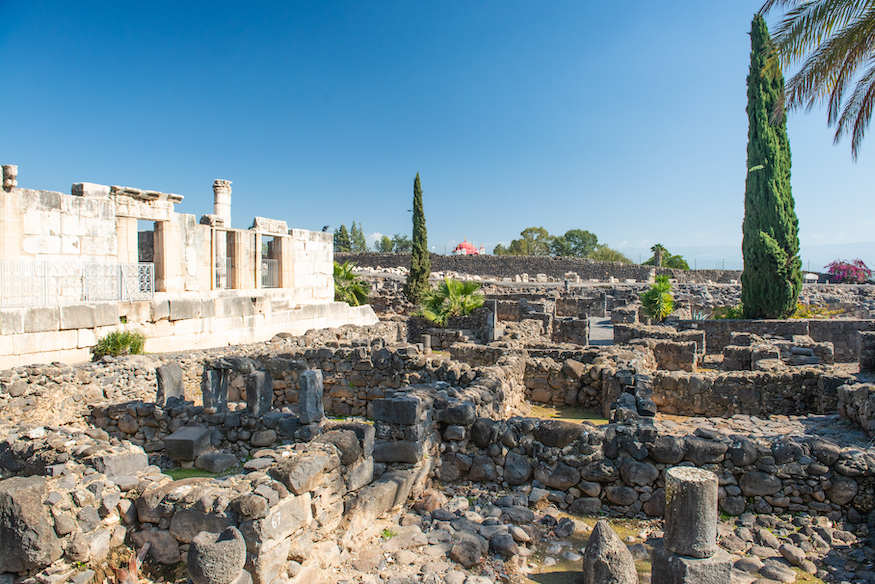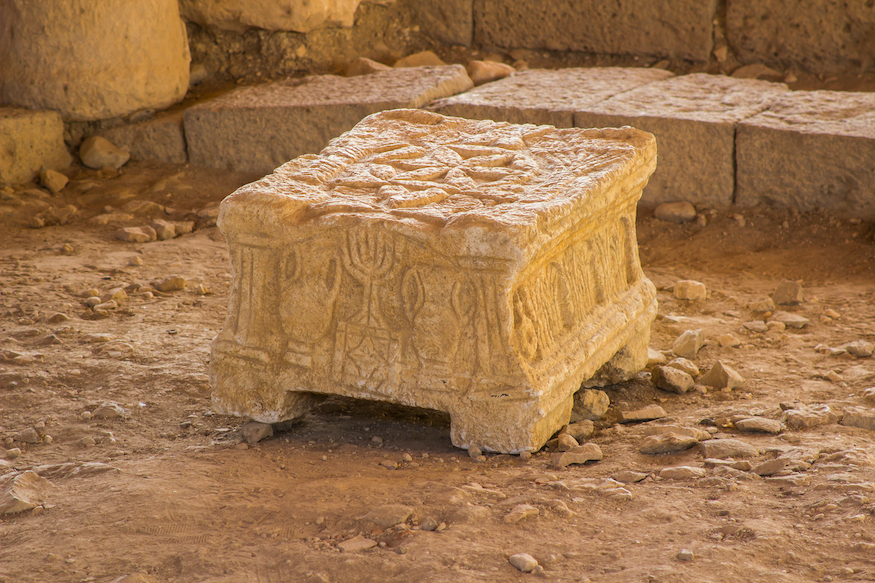Burning Bright
There is always construction going on in Israel, whether it be to house new Jewish immigrants coming from the four corners of the world, or infrastructure needed for a thriving economy. It was during the clearing of the ground to lay the foundations of a hotel that the ancient town of Migdal was discovered.
Migdal that is mentioned in ancient Jewish sources is on the northwest side of the Lake Kinneret (Sea of Galilee). In Hebrew, it was called Migdal Nunya, meaning ‘fish tower.’ The Greek was ‘the place of salting the fish.’ These names were chosen because it was famous for a tower that stood in the middle of the town. Fish that had been caught in the lake were salted and stored in the tower before being exported as far away as Antioch and Alexandria.
The Jewish residents of Migdal played an important role against the Romans during what was become to be known as the Great Revolt (66-73 CE). Josephus Flavius was based there. Also known as Yosef ben Matityahu, the controversial Jewish commander of the rebellion in the Galilee was taken prisoner by the Romans and in his new home in Italy, and as the adopted son of the Empire, chronicled the Jewish war against his former captors. The New Testament says that Mary came from Migdal. Hence she was named accordingly as Mary Magdalene.
But the archaeological excavations reveal that ancient Migdal is not just a town; it is a town with a synagogue. And not just any old synagogue: but one with a stone engraved with a seven-branched menorah. In the wilderness, God commanded the Israelites to make a menorah. They were instructed to make sure it burns night and day in the Tabernacle. When the Tabernacle ceased to exist, the Menorah burned in the Temple.
There have been several impressions of menorahs discovered in Israel, whether it be in Sepphoris in the form of ancient graffiti etched into a Roman Road, or a huge stone carving in the Jewish catacombs of Beit Shearim, or on Mosaic floors in the likes of Beit Sha’an.
The Menorah at Migdal is different. It is dated between 50 BC-100 AD, meaning it is actually from the time when the Second Temple was still standing. The synagogue is only one of just six other synagogues in the world dating to what is known as ‘the Second Temple period.’
The Migdal menorah is depicted with what may be a three-pronged stand set on a square base. On either side are amphora jars the kind used to store water or wine.
“When the Tabernacle ceased to exist, the Menorah burned in the Temple”
There is quite a lot of debate in Jewish circles as to what the stand of the Menorah actually looked like. What we do know is that it did not have a rectangular base, as seen in the Arch of Titus, which shows the cruel exile of the Jews to Rome. Incidentally, the plunder of the Jewish valuables from the Temple, was used to finance the building of the Colosseum. This image of a menorah with a square base was chosen as the national emblem of Israel, not because of a statement of historical accuracy as to how it looked. Still, instead, it was purposefully selected by the nascent state as a declaration to the world that the Jewish people have returned home after two thousand years of exile.
Most exciting about the Menorah that appears on the stone at Migdal is its early dating, enable us to assume it was done by an artist who had made the trip to Jerusalem and had actually seen the Menorah with his very own eyes in the Temple in Jerusalem.







